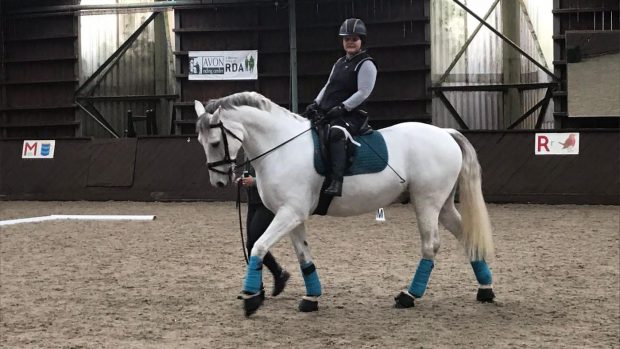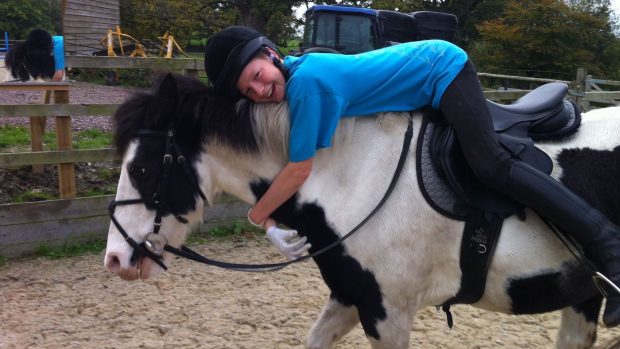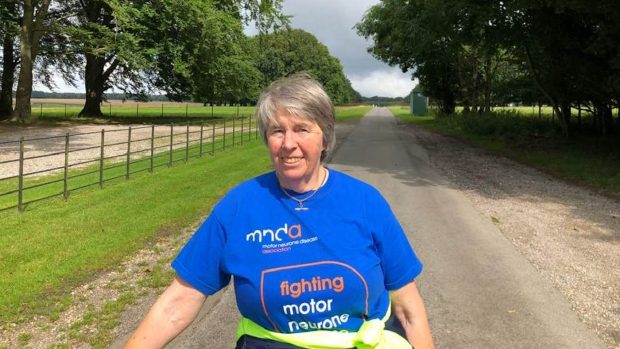New figures have revealed the extent to which injured riders rely on air ambulances.
Figures collected by the Midlands Air Ambulance – and seen by H&H – show that riders account for more call-outs than all other sporting incidents combined.
Road traffic accidents (RTAs) account for 50% of all call-outs, followed by medical emergencies then general falls. Equestrian incidents were fourth, coming in at 8%.
The Midlands Air Ambulance team has been collating data to mark its 21st anniversary this summer.
Of the 36,547 call-outs it has received since 1991, 2,936 (8%) were equestrian. Other sporting incidents accounted for 2,238.
“It’s a combination of the danger of the sport and that riding often takes place in inaccessible places, which can’t be reached by [land] ambulance,” said spokesman Katy Rose Meaney.
Since July last year, the Midlands Air Ambulance has answered an average of 15 calls per month from injured riders.
The speed of the air ambulance is key. For example, Kent, Surrey and Sussex Air Ambulance – for which 5% of 2011 call-outs were equestrian – can reach any part of its area within 20min.
Last year, Wiltshire Air Ambulance (WAA) had the highest percentage (8.4%) of equestrian call-outs of the crews contacted by H&H – 68 incidents from 801 rescues.
The Warwickshire and Northamptonshire Air Ambulance (WNAA), which covers 10 counties, attended 91 equestrian incidents in 2011 (compared with 486 RTAs).
WNAA Coventry Airport base manager Philippa Gibbs said injuries occur predominantly schooling or hacking, but also at competitions and hunting.
“Most incidents are from falls, but five to 10 per cent are around horses being handled on the ground,” she added.
Air ambulances receive no government funding.
It costs around £5million annually to keep two air ambulances in service.
This news story was first published in the current issue of H&H (8 March 2012)
- If you were injured in a fall and needed time off work to recover, would you be insured? For all your insurance needs, contact KBIS




